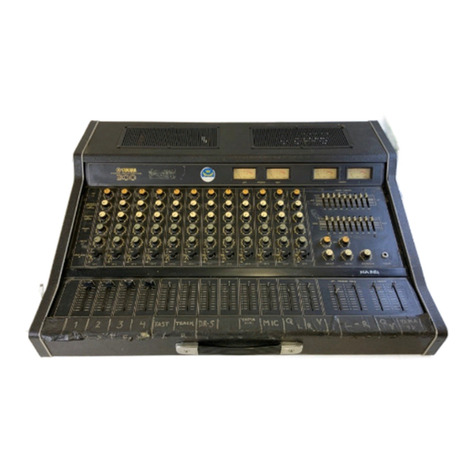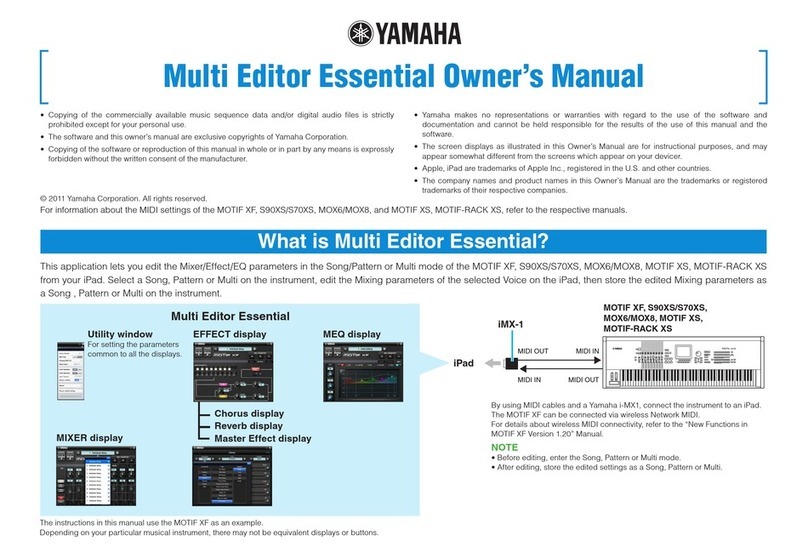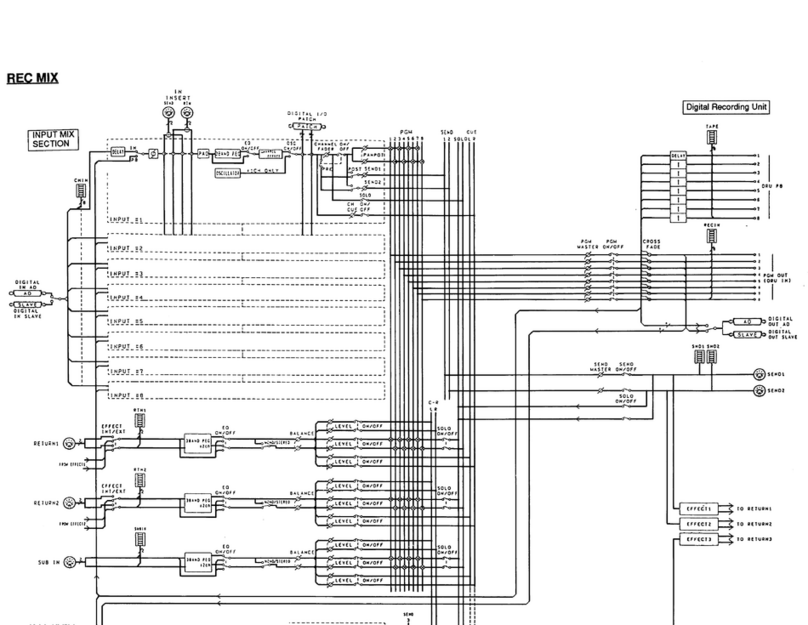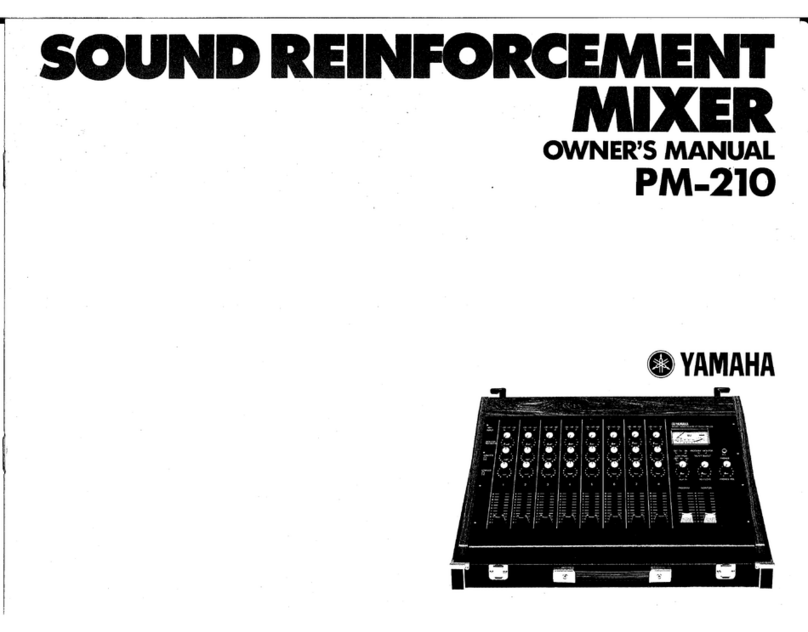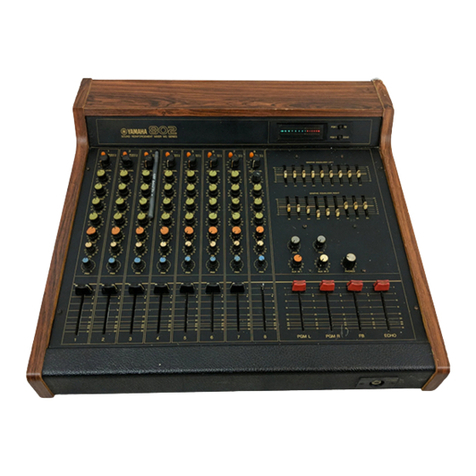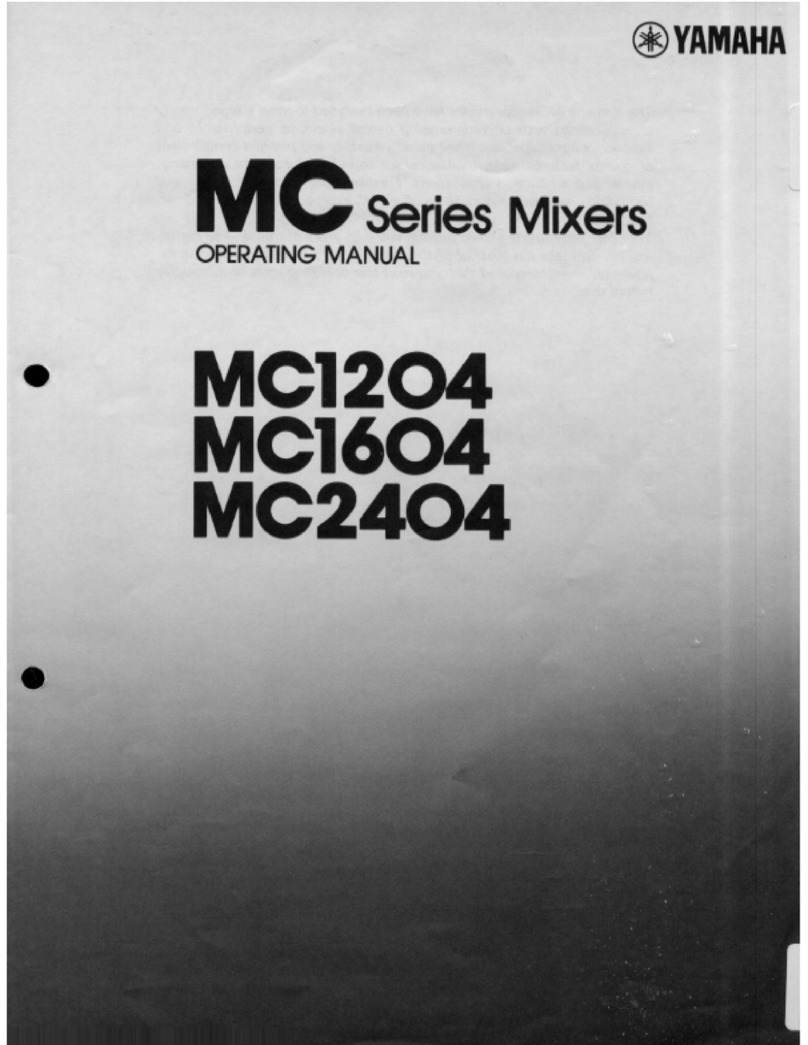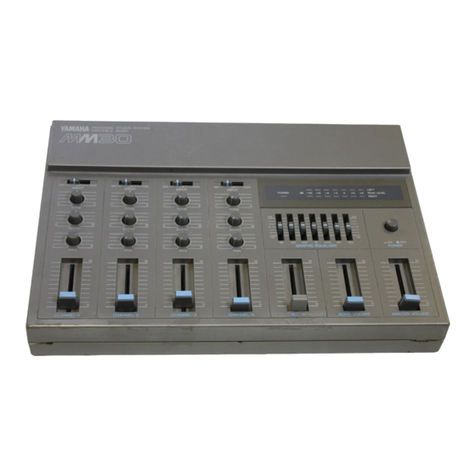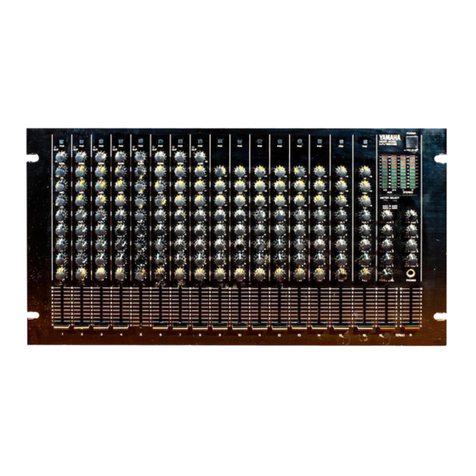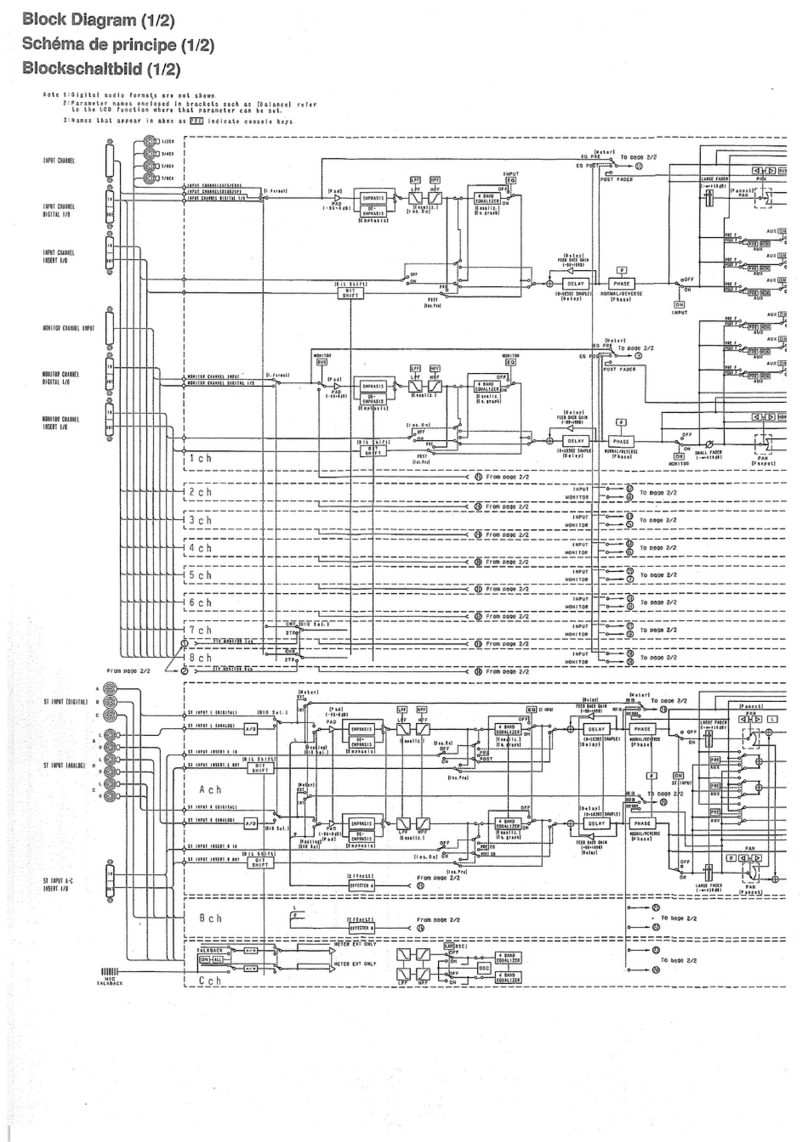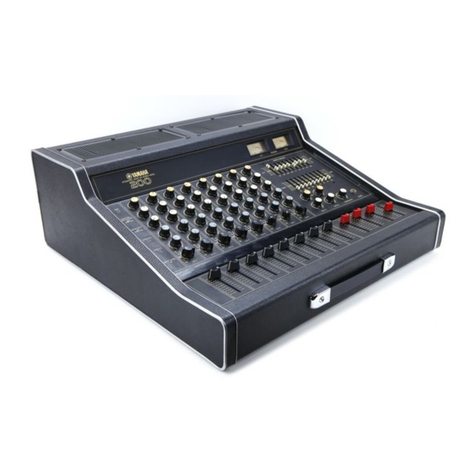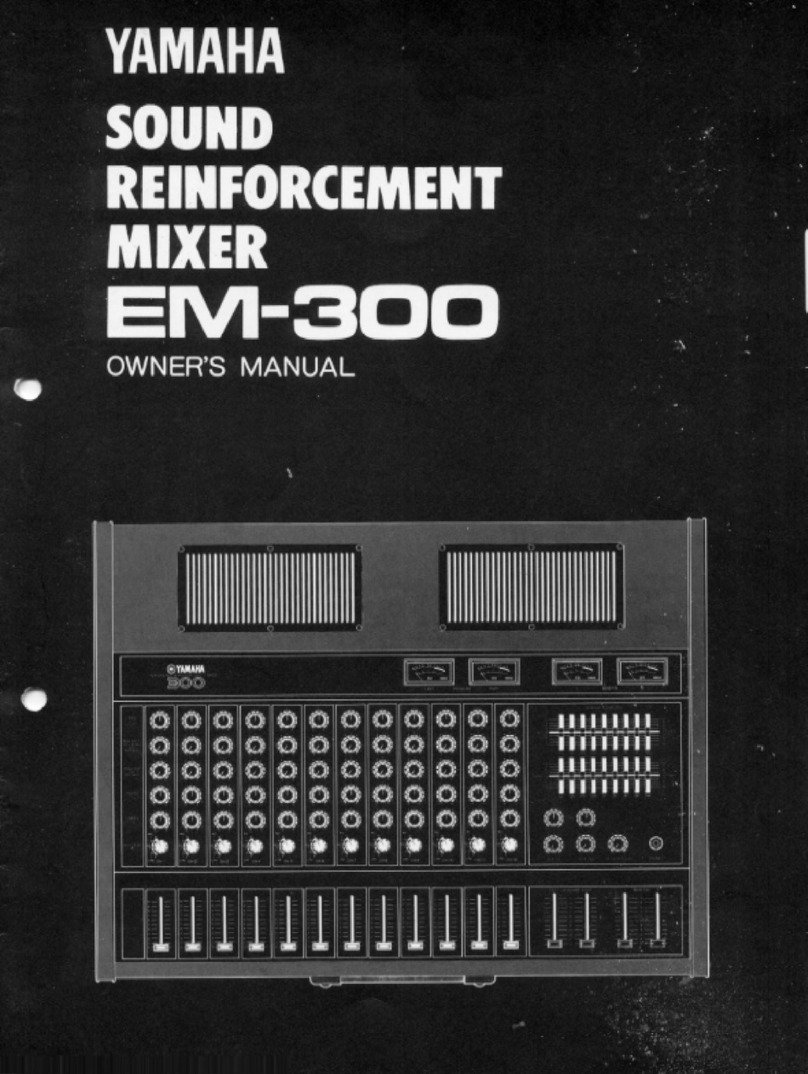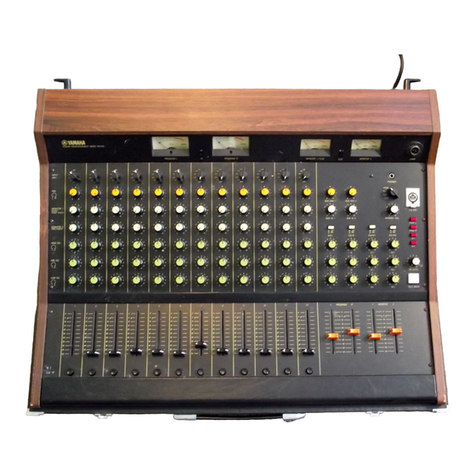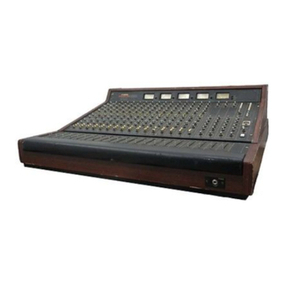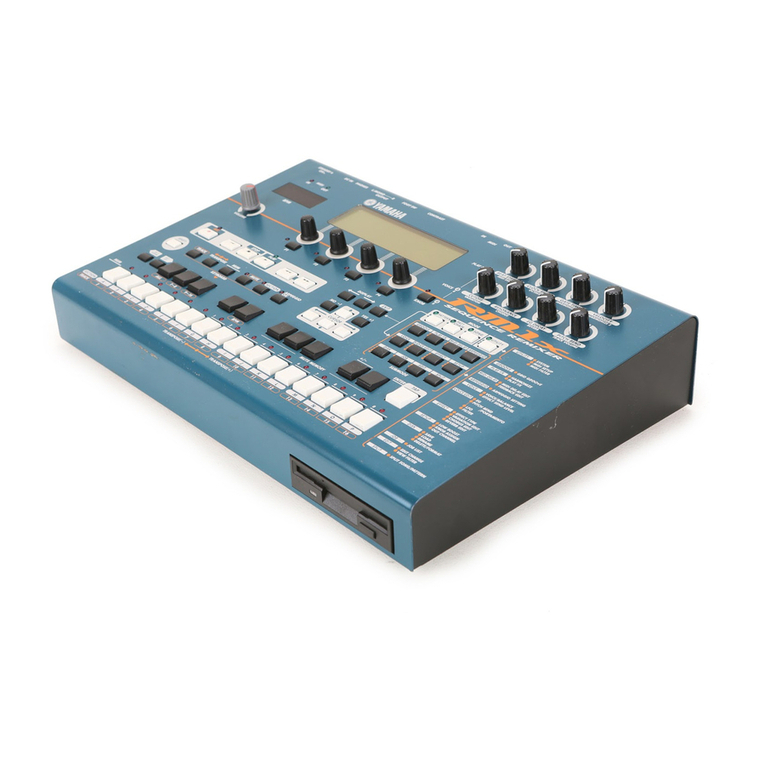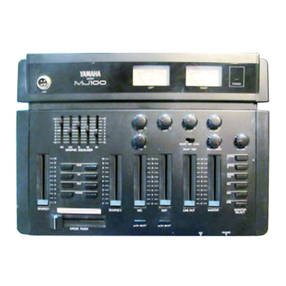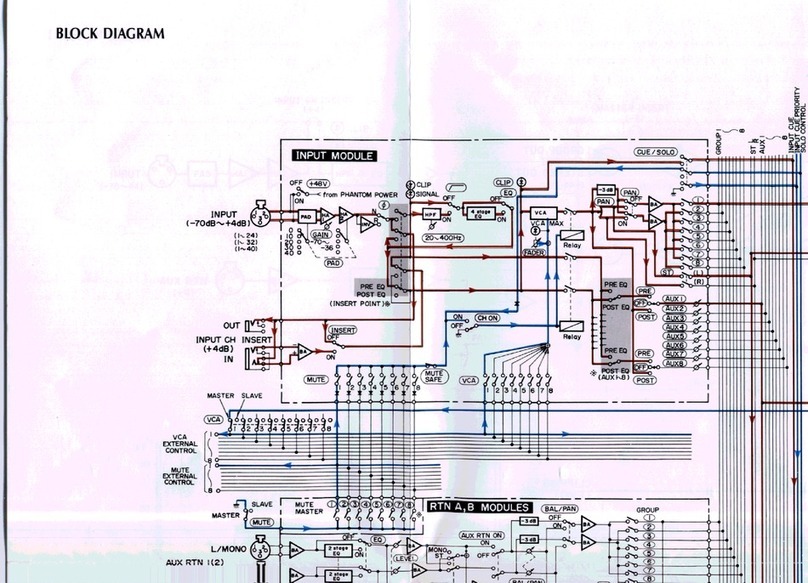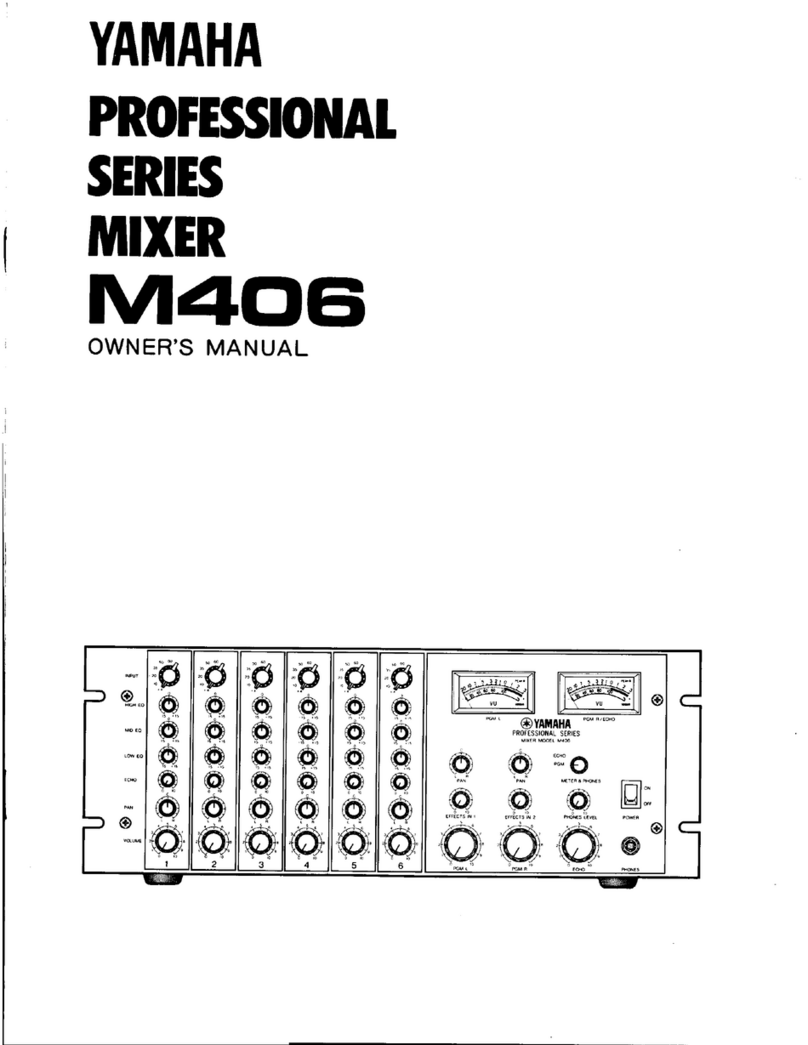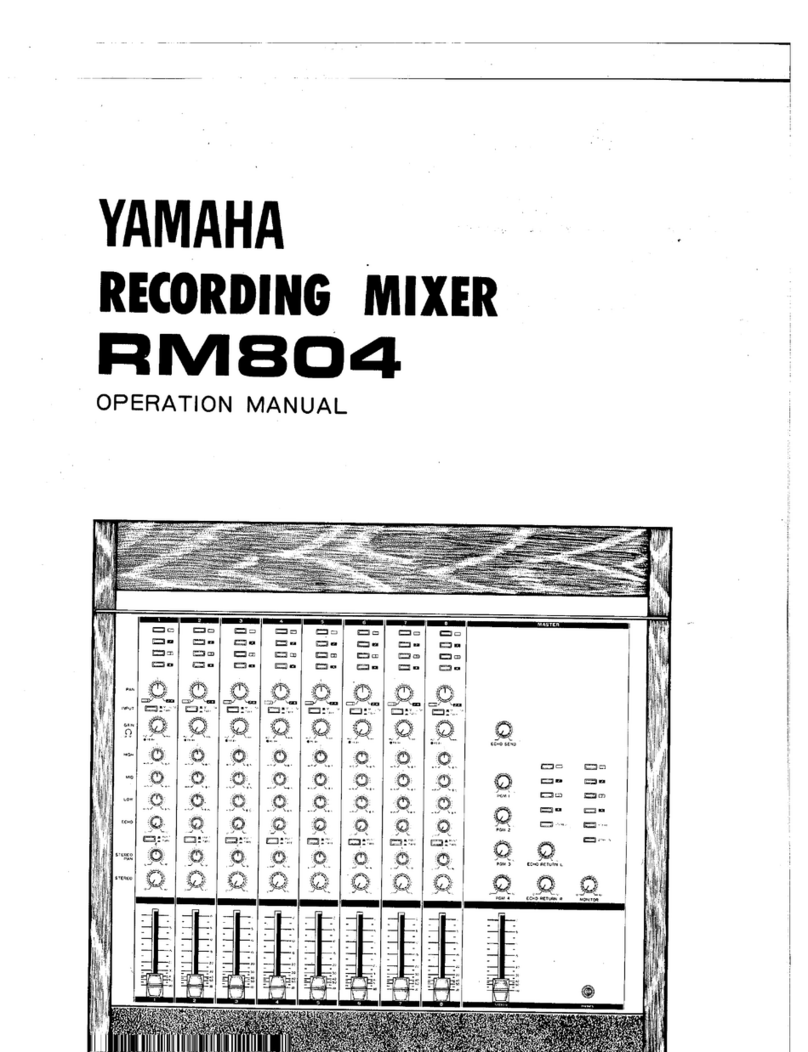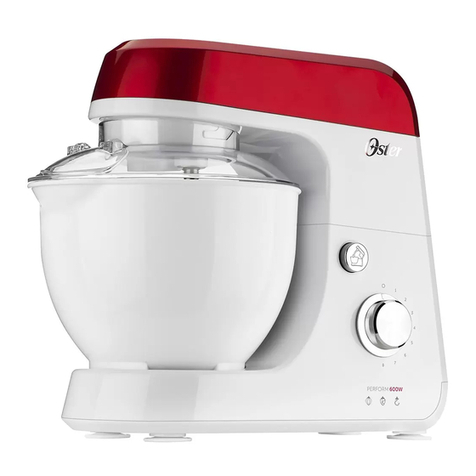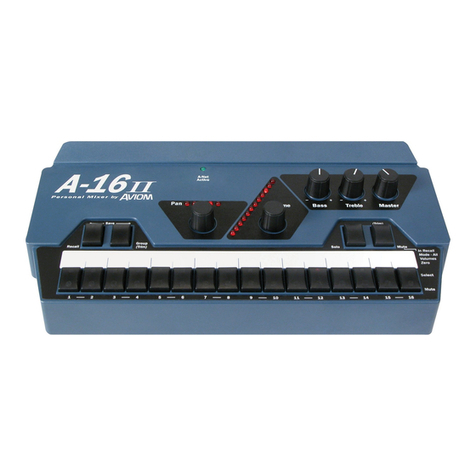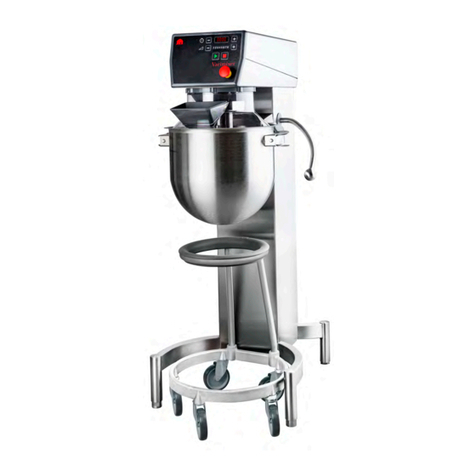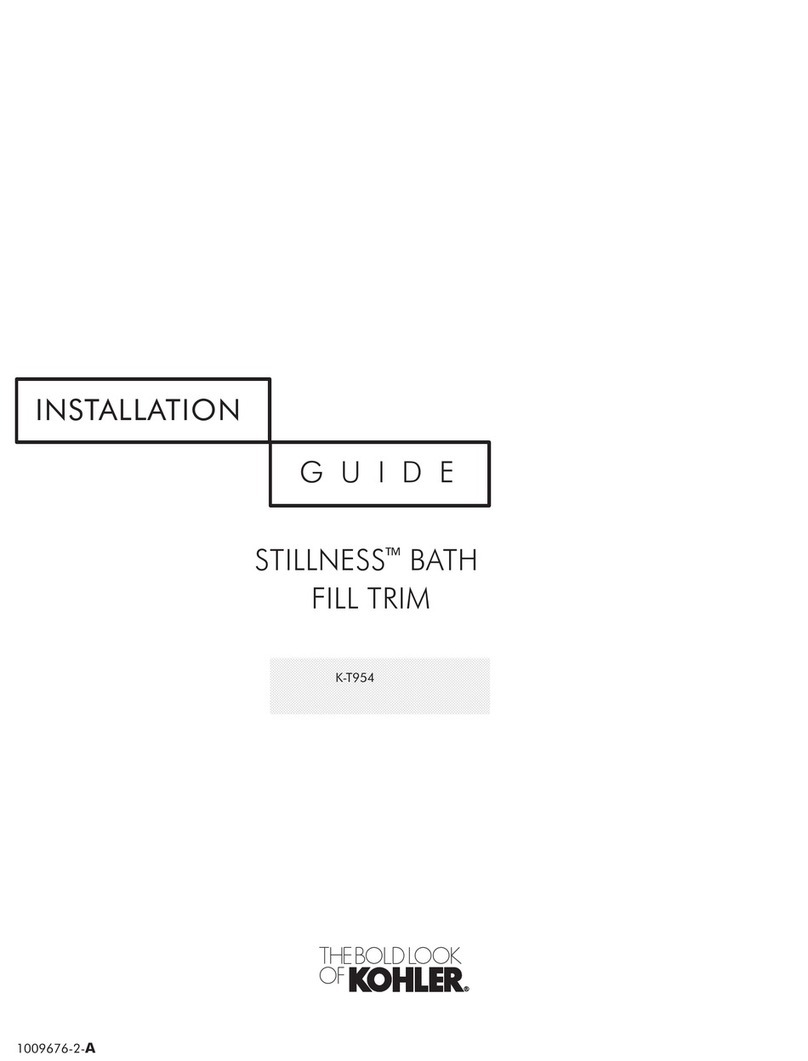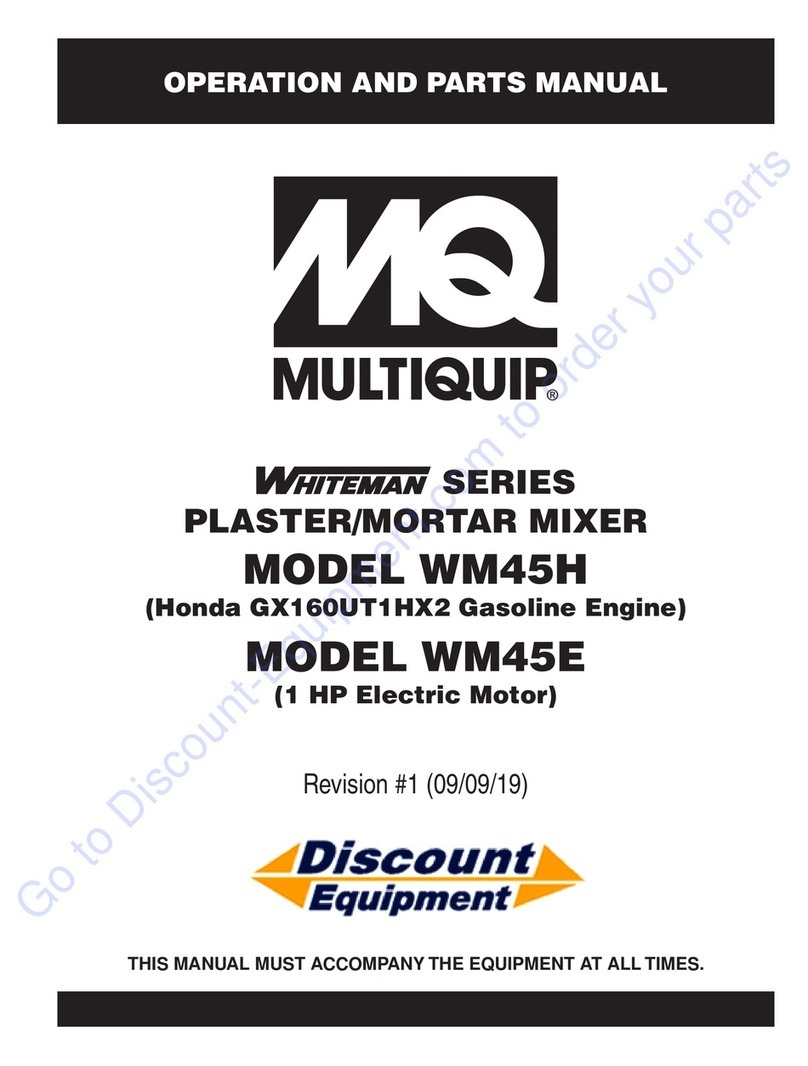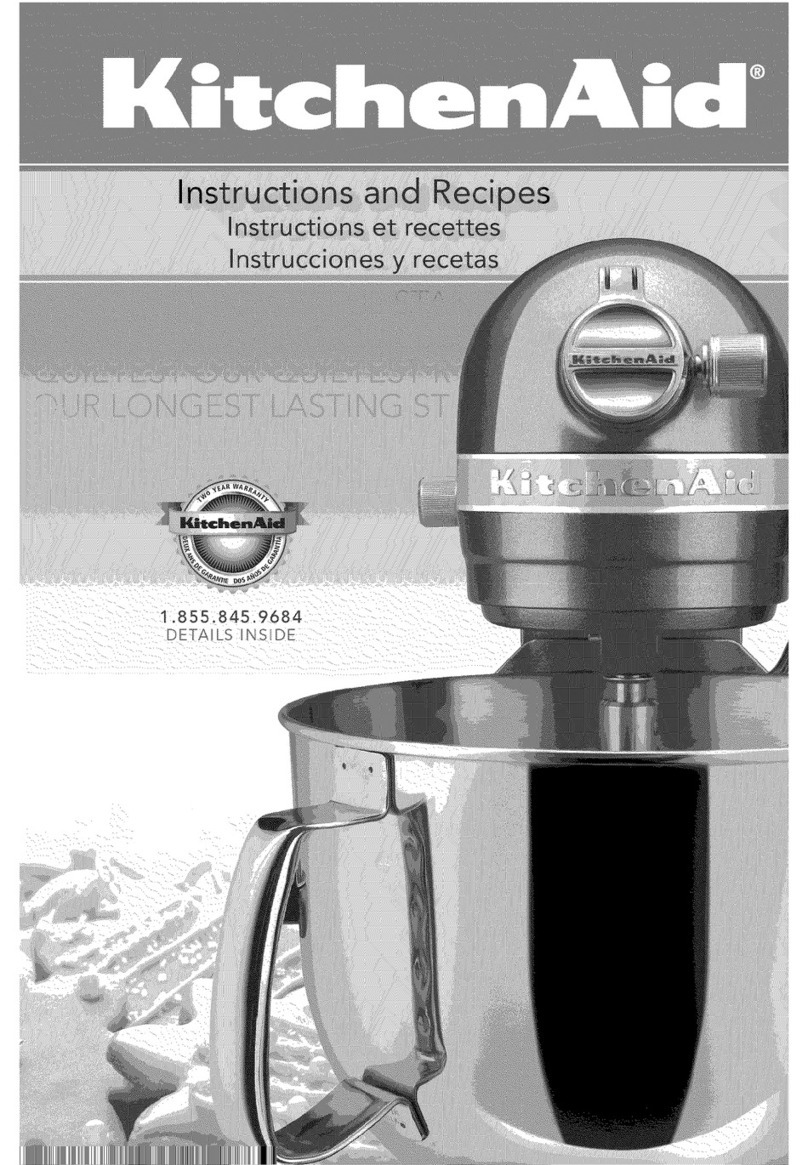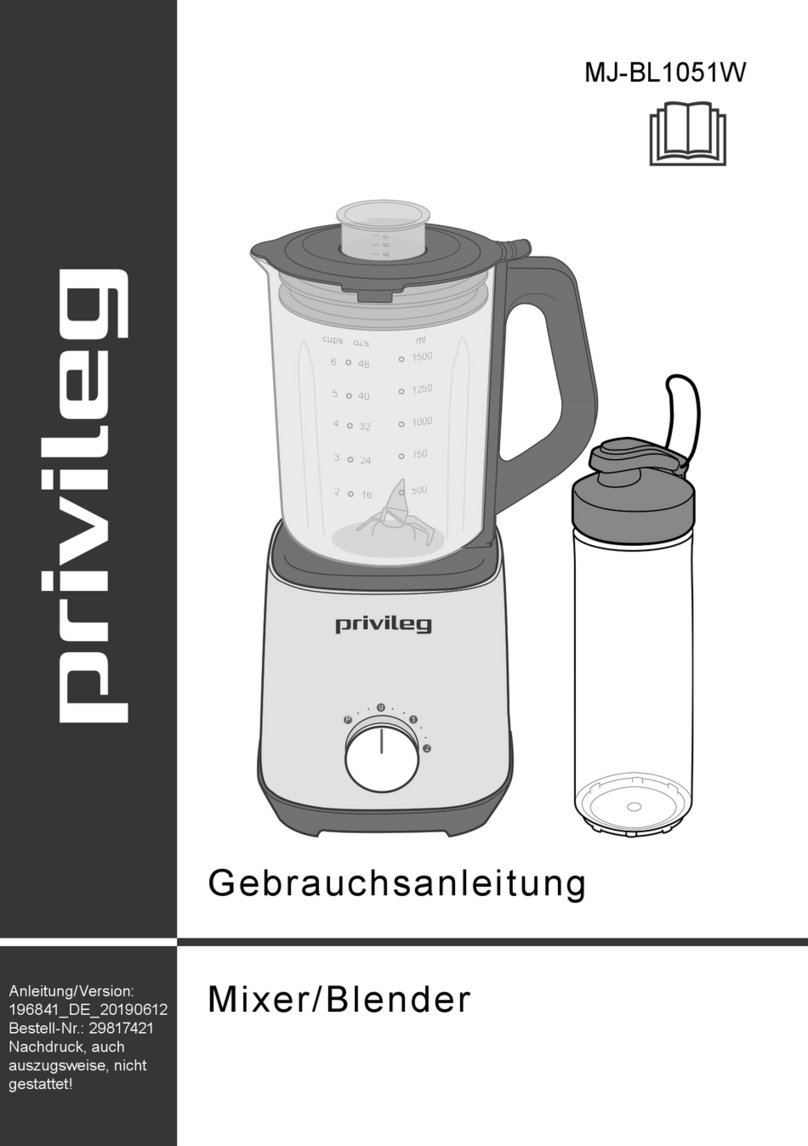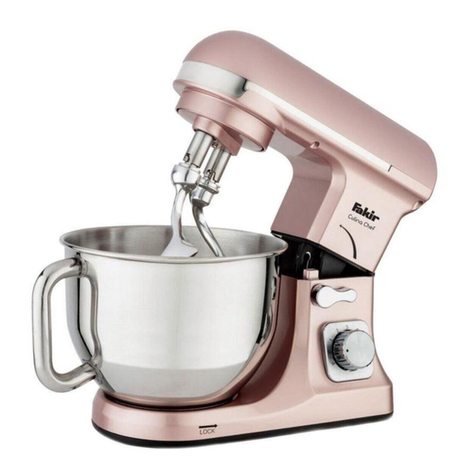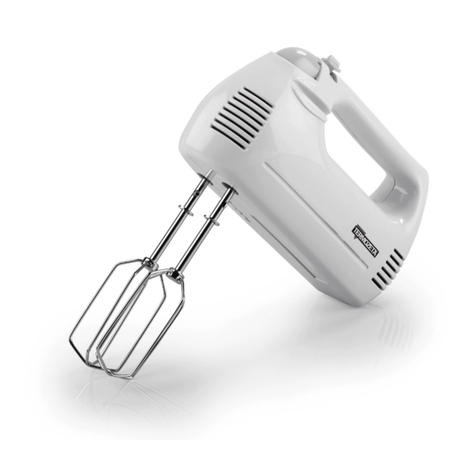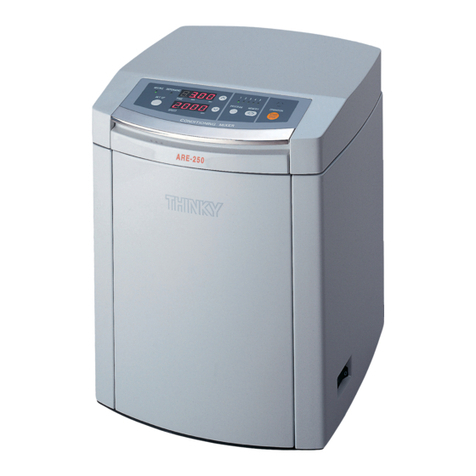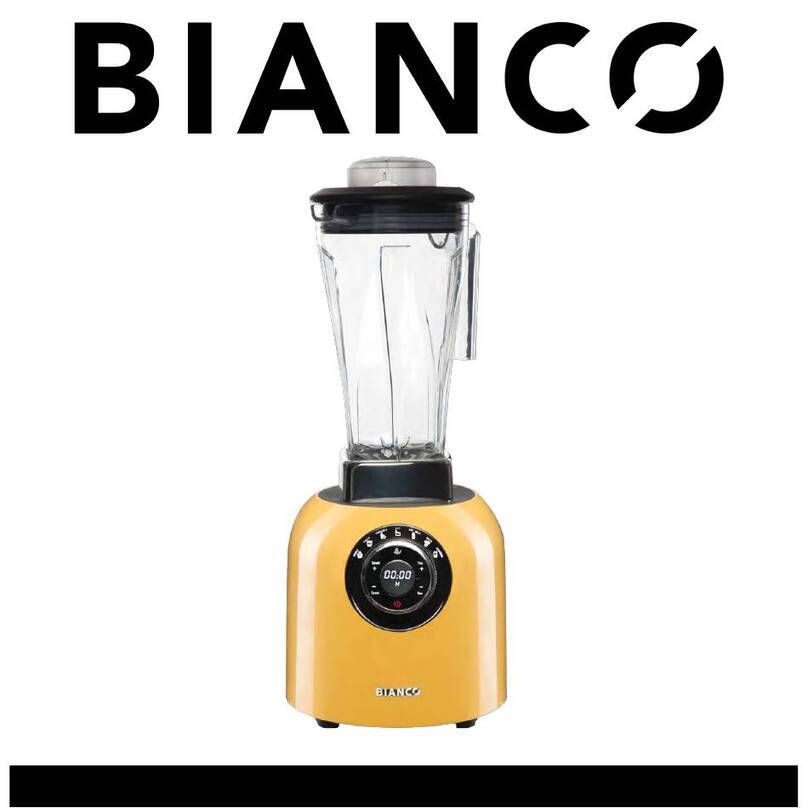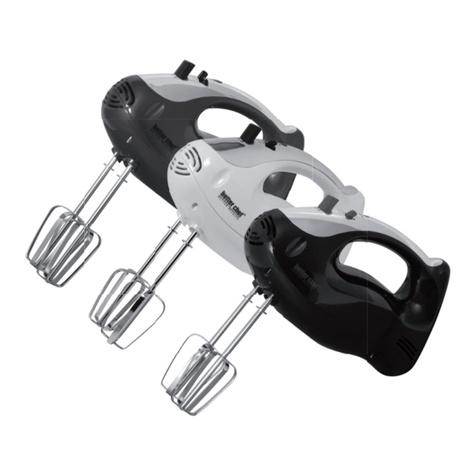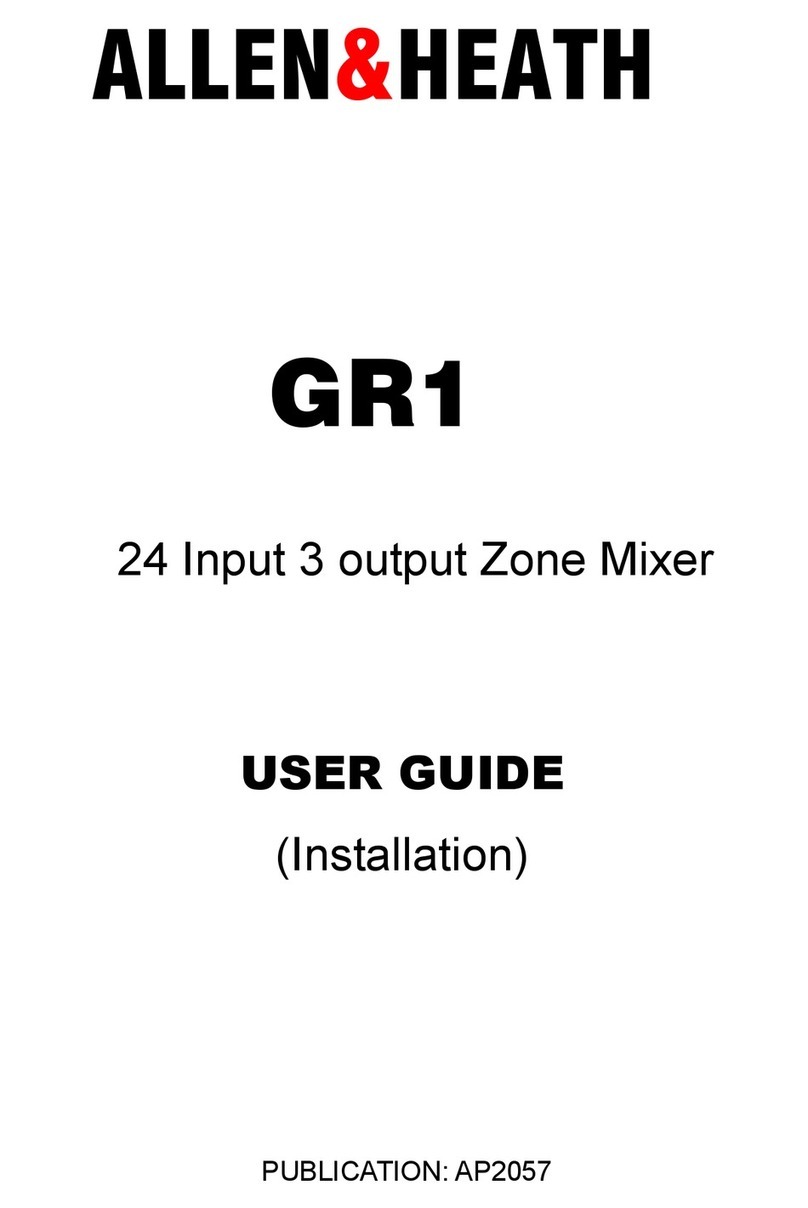
3RIVAGE PM10 Operation Manual
About the Relevant Manuals ...........................................................................2
Component Structure ......................................................................................4
Control surface........................................................................................................5
About RIVAGE PM10 Editor....................................................................................7
DSP engine (DSP-R10) ...........................................................................................8
I/O rack (RPio622)...................................................................................................9
I/O rack (RPio222).................................................................................................10
RY card .................................................................................................................11
HY card .................................................................................................................11
TWINLANe Network ......................................................................................12
TWINLANe network ..............................................................................................12
Connecting a TWINLANe network card................................................................12
I/O and Routing Structure .............................................................................14
System-wide signal flow .......................................................................................14
Signal flow within the RPio622 ..............................................................................15
About Connections ........................................................................................16
Connecting a Computer ................................................................................17
Word Clock.....................................................................................................18
Word clock in the RIVAGE PM10 system..............................................................18
About the sampling rate converter (SRC).............................................................18
RIVAGE PM10 System Function List ..............................................................19
Input Channels...............................................................................................20
I/O unit section .....................................................................................................20
Mixing Engine section...........................................................................................21
Output Channels............................................................................................24
Mixing Engine section...........................................................................................24
MIX bus......................................................................................................24
MATRIX bus...............................................................................................26
STEREO bus ..............................................................................................27
I/O unit section......................................................................................................29
Delay Compensation ..................................................................................... 30
Monitor.......................................................................................................... 31
Cue ................................................................................................................. 32
Oscillator........................................................................................................ 33
Talkback ......................................................................................................... 34
DCA/Mute Groups......................................................................................... 35
GEQ/PEQ/Automixer ..................................................................................... 35
Plug-ins .......................................................................................................... 36
Plug-in type list......................................................................................................36
RTA (Realtime Analyzer)................................................................................ 38
Recording....................................................................................................... 40
2-track USB recorder ............................................................................................40
Multitrack recording and virtual sound check ......................................................40
Signal flow during a virtual sound check (VSC) ........................................42
MIDI/GPI........................................................................................................ 43
Customization................................................................................................ 44
Settings Files .................................................................................................. 45
Data handled by a settings file .............................................................................45
Conceptual Diagram of Memory................................................................... 47
Scene Memory ............................................................................................... 50
OVERLAY ........................................................................................................ 51
Other Convenient Functions ......................................................................... 52
Maintenance Functions ................................................................................. 52
Initialization ...........................................................................................................52
System log ............................................................................................................52
Calibration.............................................................................................................52
Contents (Part 1: Overview)
